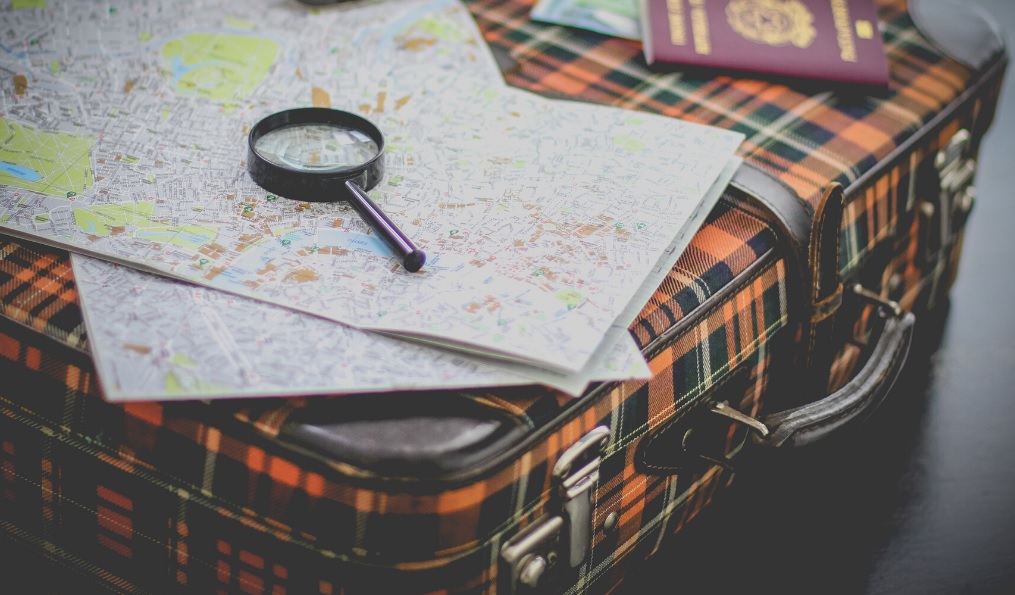In July of 2019, the Wellness Tourism Association (WTA) unveiled a Nine-Point List of Assets & Attributes that any geographic region of the world should possess if the destination’s management team seeks to market the destination as a “Wellness Destination.”
But in the wake of the COVID-19 pandemic, perhaps it will be ALL geographic destinations of the world that will need to possess the majority of these attributes and assets in order to successful attract the newly-cautious leisure traveller. The new traveller will certainly be more guarded and more discriminating in their selection of travel destinations, accommodations and experiences, and it is hoped that they be will also me more concerned about the overall well-being of fellow earthlings along with the sustainability of the planet.
Established in 2018 with the mission to unite the global wellness tourism industry while establishing definitions and industry standards, the WTA announced in January of this year that it is now a community of 100 plus members and partners from 21 countries. The WTA’s Nine-Point List of Assets & Attributes for Wellness Destinations, along with how each point might apply to any geographic destination as the industry recovers, is as follows:
#1 A safe/secure environment in both perception and reality.
When lockdowns are lifted, borders reopen and travel begins to resume the most appealing destinations will be those that have the trust and confidence of the general public. The manner in which local government and public health officials have managed the crises, plus the new protocols, policies and procedures that have been implemented for the safely of the local community as well as visitors will be at the forefront of decision-making by the traveller. Consumers will select to travel to destinations they know and/or trust.
#2 A clean and sanitary infrastructure for both locals and visitors.
In further support of point #1, visitors will demand to know that upgraded hygiene and cleanliness procedures rank high on the list of newly implemented policies.
#3 A quality-of-life for locals who benefit from tourism dollars.
Following the disruption to most economies around the world, more travellers will want to know that at least some of their travel dollars are going back into the community to support local workers and the creation of a market for locally-grown produce, locally-made products and services offered by local entrepreneurs.
#4 Natural assets such as hot springs/mountains/bodies of water/forests/resources for thalassotherapy or other natural assets within the confines of the destination and easily accessible to visitors.
As the industry reopens, more travellers will want to avoid the congested cities and over-populated tourist attractions in favour of more remote locations. So local tourism officials will want to highlight their own easily accessible natural assets.
#5 Since Wellness Tourism and Wellness Travel encompass wellness for the planet, the destination must have substantial sustainability policies and practices in place.
At the WTA we are cautiously optimistic that more people will not only be more concerned about their personal health and wellness but that of the planet. Travelers will want to know that destinations are doing their fair share to protect the local environment.
#6 The availability of a range of fitness-based activities and tours – e.g. yoga, hiking, cycling, fitness classes, kayaking, stand-up paddle boarding.
It is being predicted that many will not only want to be out in nature but will begin to place a priority on self-care including the elements that help strengthen and stabilize the immune system – such as the movement and exercise that comes with the various types of activities noted above. The geographic destinations that allow visitors to have easy to such activities will score highly among these more health-focused travellers.
#7 A physical environment that is somewhat removed from the noise that has become “daily life” in the 21st century.
For all destinations this would align with #4, and the desire of travellers to seek out more remote locations away from the more congested areas and heavily- trafficked tourist attractions.
The following two points are also included on the WTA’s Nine-Point List of Assets & Attributes for Wellness Destinations. However, they are not as significant as the above seven to those destinations simply looking to attract the more cautious traveller as the industry recovers, not necessarily promote themselves as Wellness Destinations.
#8 The availability and accessibility of a wide range of wellness-professionals and practitioners, including those who offer holistic and alternative modalities.
#9 A selection of hotel restaurants and independent restaurants offering healthful cuisine prepared by chefs committed to clean eating and who work in partnership with local growers.
You may also be interested in…
- Will 2020 define the future of tourism?
- Finding resilience in travel Industry – despite COVID-19
- Future Travel Booking Habits
